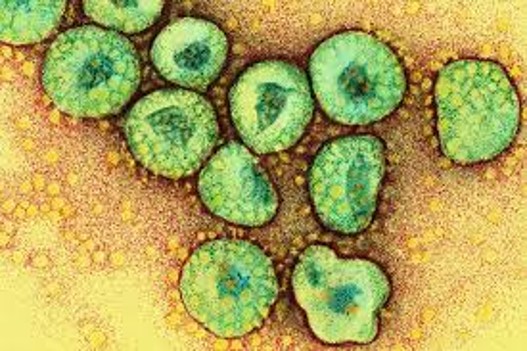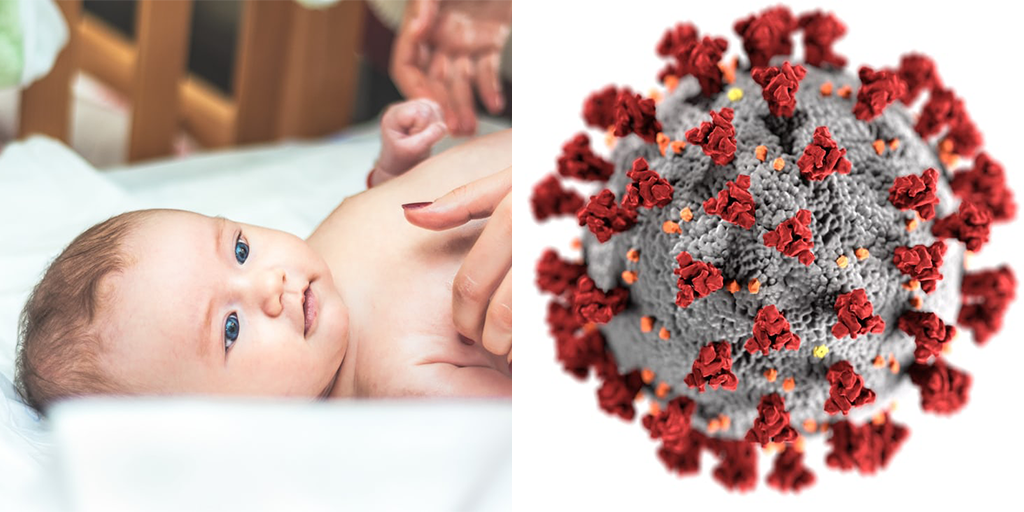Regardless of where you live, you may have noticed that this year’s flu and RSV season has not been as bad as in previous years. I recall early in the pandemic hearing that Australia had virtually no flu season at all this year. The question therefore is where did these viruses go? Many people have attributed the drop is other viral illnesses to the fact that we are wearing masks and washing our hands a lot more. This no doubt has something to do with it but the reality is that many have chosen not to wear masks and additionally we know that others have failed to use PPE appropriately. Let’s face it, COVID has spread far and wide and yet the other viruses have not. So where did they go?
Viral Interference

This is a subject I had never heard of or really considered as an entity until I began looking at COVID19 as part of a talk I gave this year. The concept has been known since the 1930s or even earlier. The first reference I found for this was by Findlay GM An interference phenomenon in relation to yellow fever and other viruses from 1937 (sorry no link to the paper) and then Lennette EH, Koprowski H. INTERFERENCE BETWEEN VIRUSES IN TISSUE CULTURE. J Exp Med. 1946 Feb 28;83(3):195-219. In this latter study innoculation of yellow fever virus and the West Nile virus produced either partial or complete suppression of growth of the Venezuelan equine encephalomyelitis virus. In other words, the idea here is that once one virus takes hold of a cell it becomes quite difficult (but not impossible) for another virus to also grow at the same time. Looking at how SARS-CoV-2 and RSV might interact is interesting as in tissue culture RSV is the slower replicating virus. SARS-CoV-2 seems to grow in cell culture in the order of 3-5 days while RSV tends to be longer at 5-14 days. In vivo of course things can be different as the host can influence rapidity of growth but the if SARS-CoV-2 is spreading rapidly through the community it could be that by infecting the host first and being the faster growing virus it effectively and strangely protects the host against other viruses such as RSV. If there is anything about this pandemic that maybe we can take some comfort it it is maybe that!
What about disease severtiy when two viruses take hold?

You would think if you were unlucky enough to get RSV and COVID19 at the same time your symptoms would be worse than getting RSV alone but the evidence suggests otherwise. Having two viruses competing for the same host may lessen the severity of the disease. This was demonstrated by Kim Brand H et al in Infection with multiple viruses is not associated with increased disease severity in children with bronchiolitis Pediatr Pulmonol 2012 Apr;47(4):393-400, In this study the authors examined 142 nasal aspirates of children with bronchiolitis and grouped them into categories of mild, moderate and severe disease. What they found suggests that two or more viruses infecting the same host may reduce the severity of the illness usually ascribed to the virus compared to when it affects the host alone. In the case of RSV from Table 2 above, with severe bronciolitis, RSV was found 76% of the time. Bronchiolitis may be caused by other viruses of course and towards the bottom of the table when severe disease was present one virus was found 70% of the time. Howeve as the number of viruses in the host increased the likelihood of severe diease dropped while mild diease increased.
What to expect then?
I am just a Neonatologist but based on the above research I am expecting a couple things this winter season. I predict we will continue to see lower rates of RSV infection and perhaps influenza as the domination of SARS-CoV-2 continues. The other thing that will be interestin to look at retrospectively will be what the distribution of disease spectrum for RSV is this season as if the above is correct we should see less severe disease when looking at emergency visits and hospitalizations. Will be an interesting story for 2021 and I suspect much will be written about the impacts of COVID19 on many fronts. Look forward to no longer talkign about that virus at some point later in 2021 when we all start saying “remember when…”


Interference of viruses seems to be a plausible reason for the reduced incidence of RSV and other respiratory viruses in children. However, since we speculate that SARS-CoV-2 does not infect children as much as adults due to the low number of ACE-2 receptors on children’s cells, how will this interference take place? There must be some other mechanisms; or we will simply say that wearing masks and other protective measures are effective.